HP Stream 7 Review: A $119 Windows Tablet
by Brandon Chester on December 19, 2014 8:00 AM ESTDisplay
The display is one of the most important aspects of a device, as it's the portal for interaction between the user and the software. Unfortunately, with inexpensive devices like the Stream 7, the display is often the first thing to be put on the chopping block. It's simply very difficult to put a high quality panel in a low cost device and make money selling it. That being said, HP has actually attempted to put a decent panel in the Stream 7 considering its price target.
Like I stated before, many other tablets at this size and price point either opt for a TN panel, or they reduce the resolution to 1024x600 or even go lower to 800x480, which is borderline unusable. HP has put a 1280x800 IPS panel in the Stream 7, which is fairly good considering that two years ago most Android tablets of any size shipped with that same resolution. The glass is highly reflective, and this is coupled with the fact that the display isn't laminated. There's also some light bleed at the bottom, but at $119 I can excuse this.
Of course, specs that you read on paper like size and resolution only tell part of the story. Color accuracy, brightness, and contrast all have an impact on overall display quality, and to measure these we use SpectraCal's CalMAN 5 software along with X-Rite's i1Pro 2 spectrophotometer and i1Display Pro colorimeter.
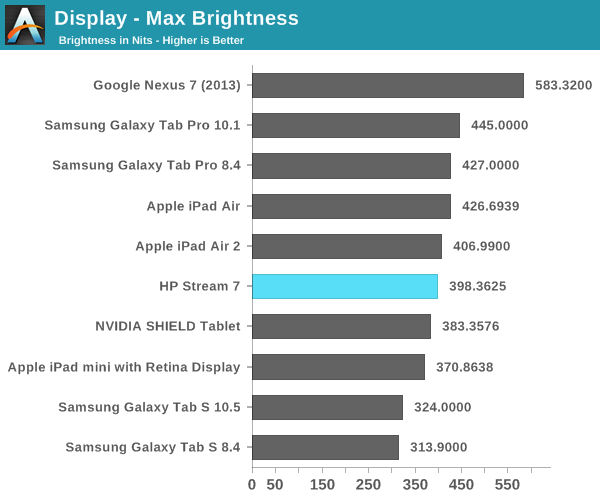
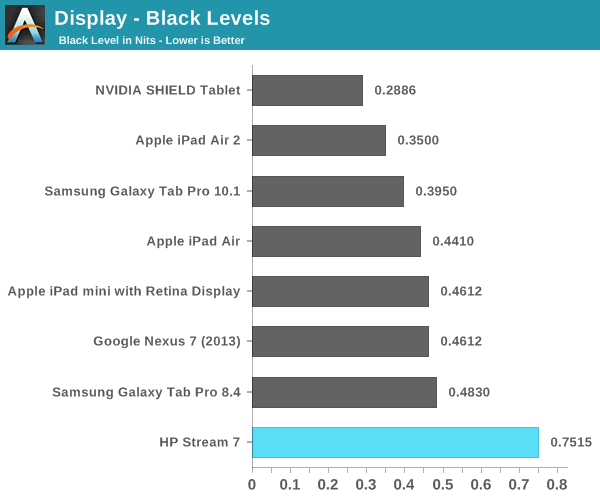
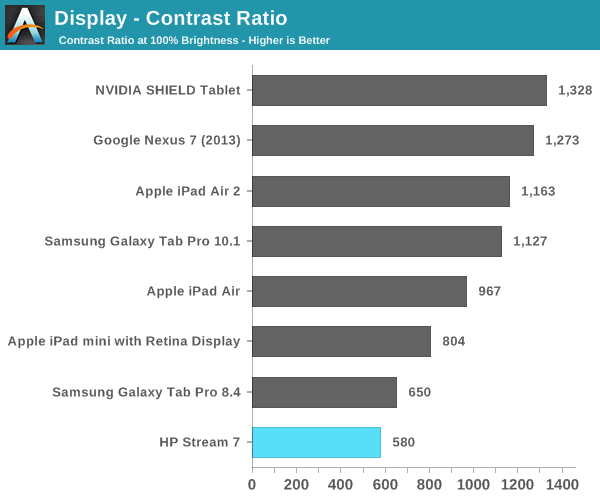
As you can see, the brightness of the Stream 7 is competitive with other tablets. Unfortunately, the black levels are just too high, which in turn leads to a very low contrast ratio. It should be noted that these measurements were achieved by disabling Intel's Display Power Saving Technology (DPST) feature, which causes dynamic brightness and contrast depending on the image displayed on the screen. While some other devices do this to some degree, DPST ended up reducing max brightness measurements by nearly 100nits, and the constantly changing brightness played havoc with measurements during analysis and calibration.


In the grayscale we see a shift toward blue, with the red steadily dropping off as brightness increases. This leads to the grayscale performance being some of the worst we have tested, but at $119 there's really no room for HP to do any calibration to the display panels at the factory.
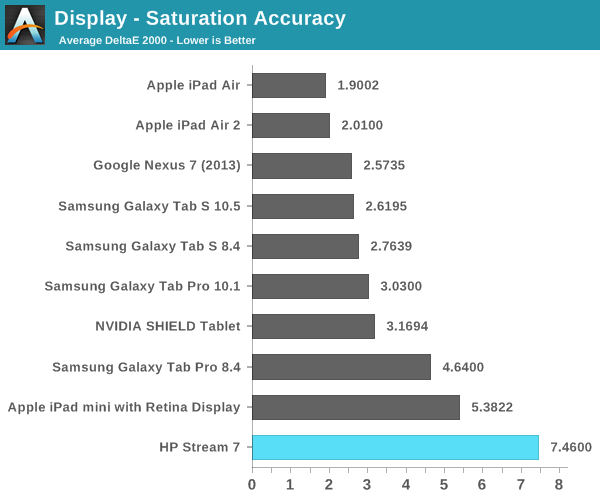
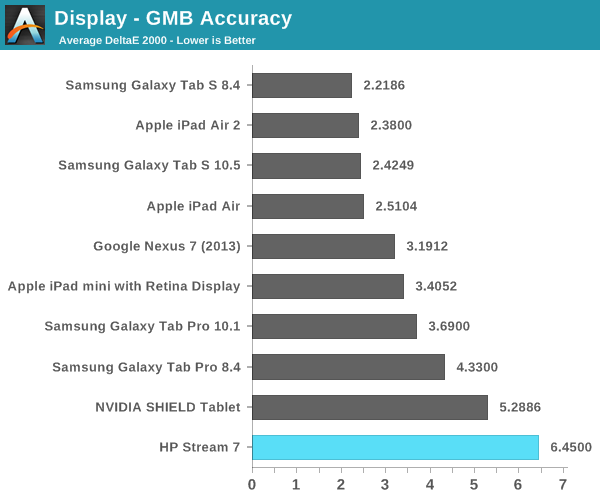
As with the grayscale test, we see poor performance in the saturation sweep. The display does not cover all of sRGB, and we see that for each 20% increment in the saturation sweep, the red, blue, and magenta saturations are all 20% lower than they should be and just generally inaccurate. The poor grayscale and saturation performance leads to a high average error in the color checker test, which means that the Stream 7 is not going to be able to accurately reproduce colors.
Again, this is to be expected with a device of this price point. It does however provide a good example of how the idea that IPS technology correlates with color accuracy is a misconception. With the prices of IPS displays being driven into TN territory by affordable eIPS panels, having an IPS display really just guarantees better viewing angles than a TN panel, nothing more.
One last thing to note about the display which does not show up in any measurements is that it is a 6bit + AFRC eIPS panel. This is not uncommon even in desktop monitors that cost as much as $400, but it does mean that there is noticeable posterization compared to a display with actual 8-bit color depth for red, green, and blue. This is not helped by the fact that Internet Explorer is not smart about displaying images; it doesn't seem to apply the same dithering that Chrome and Firefox do to mask color banding.
Calibration
Fortunately, the HP Stream 7 runs Windows. Unlike Android and iOS, Windows has color management capabilities. This allows us to calibrate the Stream 7 in an attempt to fix some of the issues with the display. We are working with a narrow gamut panel here so we aren't going to see much improvement to the saturation test, but we can certainly improve grayscale and color accuracy within the display's gamut.
After creating and applying an ICC profile created by CalMAN, we see a dramatic improvement in grayscale performance on the Stream 7. Gone is the shift toward blue, with a white point of 6595K that is very close to standard. Shades of grey are now accurate enough that you would be unable to see a difference from a reference monitor. These improvements unfortunately are accompanied by a significant drop in luminance, with a max display brightness of 308.5 nits after calibration.
We see slight improvement in the saturation sweep, but it's still nothing exceptional and unfortunately bound by the display's small color gamut. However, there's a significant improvement in the color checker test, although much of this can be attributed to the improvements in grayscale. There is an overall improvement in the accuracy of colors, but a few colors actually have a greater error after calibration than before. The biggest improvements are to mixtures of green and red, which has a significant impact on photos and videos by improving the accuracy of skin tones.
Overall, I'm surprised that the Stream 7 was able to be improved this much. It's certainly not perfect after calibration but it's much better. Unfortunately, I don't think many buyers of the Stream 7 are going to have the necessary equipment to calibrate the display properly, so it's more of an academic exercise.


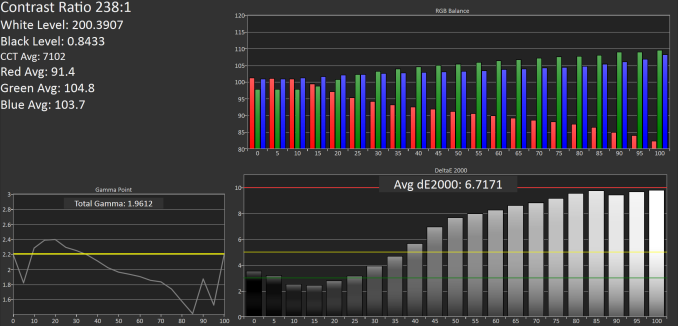
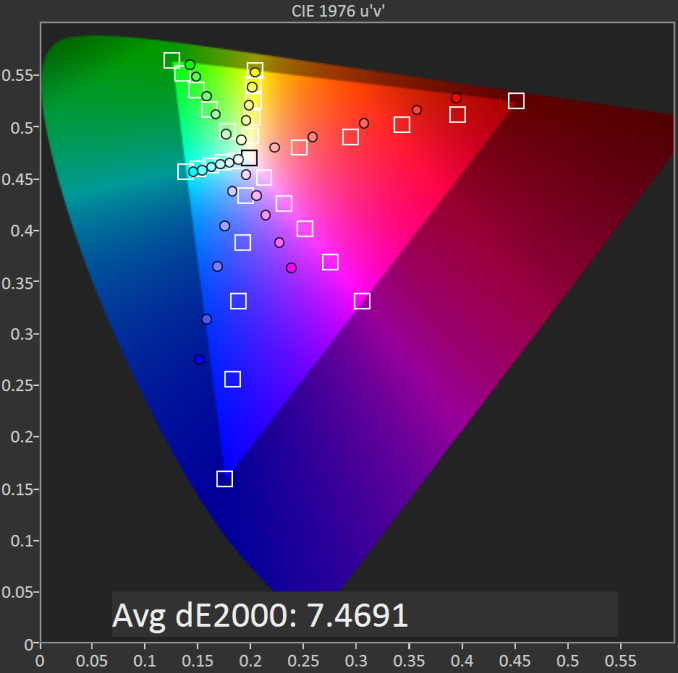
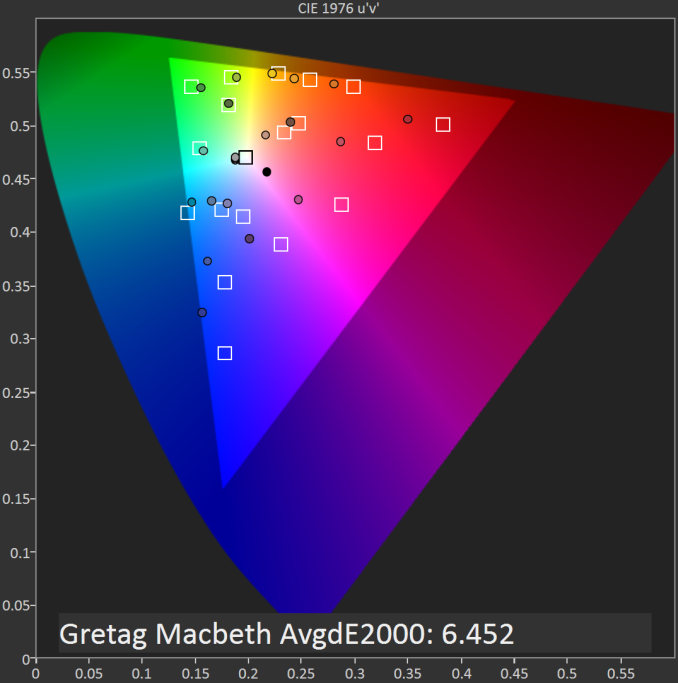
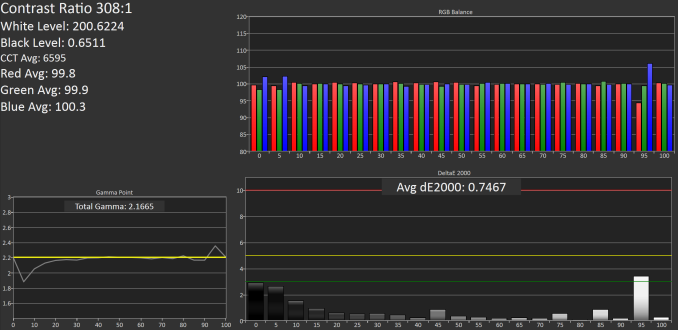
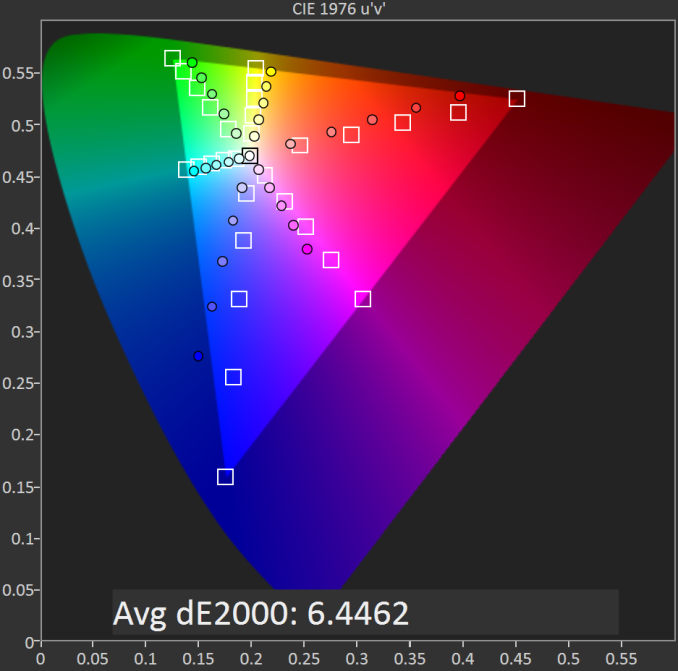
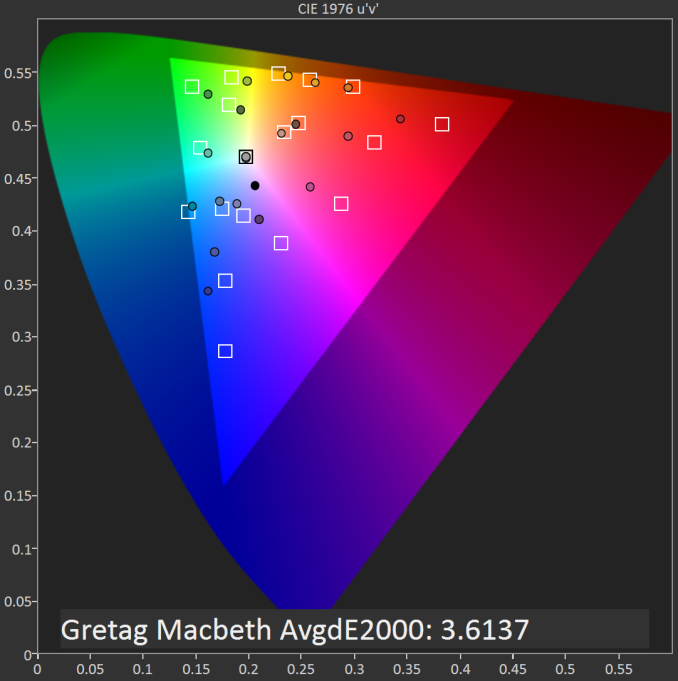








157 Comments
View All Comments
darryl hall - Monday, June 15, 2015 - link
as an example of the skewed review, the desktop version of internet explorer scores 490 on the sunspider test and 5872 on kraken 1.1.oolzie - Friday, December 19, 2014 - link
While I have no issues or complaints with the Stream 7, I feel compelled to mention that Microcenter stores (or Microcenter.com) sell the Winbook TW700 7" Windows tablet for $59 and that also includes the one year of O365 Personal. The Winbook name may not be as popular as HP, but I've tested nearly ever Windows tablet on the market over the last year and this thing is no slouch at all. We've been loyal users of the Dell Venue 8 Pro and this thing has had comparable reliability and performance. The build quality is very solid and the specs are pretty much identical to all these other ultra low cost Win 8 tablets. The kicker, and this is a big one for me, is that the Winbook has a full sized USB 2.0 port, a microUSB for charging AND a micro HDMI out. That's something that none of these other low cost tablets have offered yet. I've tested this thing connected to an external monitor and it can very easily be a general home use desktop. They also offer an 8" version with similar specs and a USB 3.0 port for $89. Don't sleep on the brand. If you're in the market for a small Windows tablet, this thing is practically throw away prices. Hell, the year of O365 makes it practically free.http://www.microcenter.com/product/439773/TW700_Ta...
nathanddrews - Friday, December 19, 2014 - link
I have the TW100 10.1" IPS version that I got for $160. It's basically identical to this HP, except it has 2GB RAM, a full USB 3.0 port, micro USB 2.0, micro HDMI.My only complaint is a pretty big one - 2GB RAM for Windows just isn't enough. 4GB + 64-bit Bingdows is the key. I would gladly have paid another $20-50, knowing what I know now. There are so many applications that I COULD be running (games, mostly) that I can NOT run due to the 2GB limitation. I don't know how something like this can get by with only 1GB.
Old games designed with the low-RAM, 32-bit environment in mind run excellent, well over 60fps, but yeah my advice for Windows tablets is 4GB minimum.
Anonymous Blowhard - Friday, December 19, 2014 - link
Editorial: There's a random inclusion of the "Nexus 6 Daytime Test" on page 4 when talking about the camera.Brandon Chester - Friday, December 19, 2014 - link
Thank you very much, I had linked the wrong gallery. Fixed.tolgerias - Friday, December 19, 2014 - link
Glad to see more attention on Windows tablets. I am a happy owner of a Dell Venue 8 Pro, and I think full Windows on tablets has a lot going for it. Being able to download files into a folder I can access is a real plus. Networking with my Home Group is also super useful. Although I wouldn't buy a Stream 7 for myself, I would definitely purchase one for my 6-year old son instead of a $499 iPad.I just wish the Windows Store had a better selection (both in quantity and quality) of apps and games. Like the author said, most of the third party apps are either really bad or inferior versions of what you can get on iOS and Android. I hope this changes as more users adopt Windows.
TheWrongChristian - Friday, December 19, 2014 - link
So presumably, this is a regular PC compatible in tablet form? Could it be booted into Linux via OTG USB?lioncat55 - Friday, December 19, 2014 - link
I think you can. You may need to boot in to the BIOS from Windows. I will check once I am home. If not, the Micro SD card might also work.tipoo - Friday, December 19, 2014 - link
Yes, the UEFI is accessible and people have gotten Linux on it.yannigr2 - Friday, December 19, 2014 - link
Windows with 1GB of RAM. Great. As for Android devices at $99, if we are talking about branded tablets, yes, but there are a few Chinese companies out there that offer good quality products with hardware that usually you see at over $200 from known manufacturers.